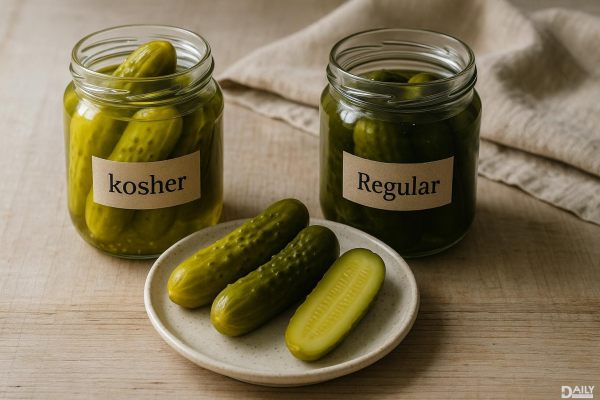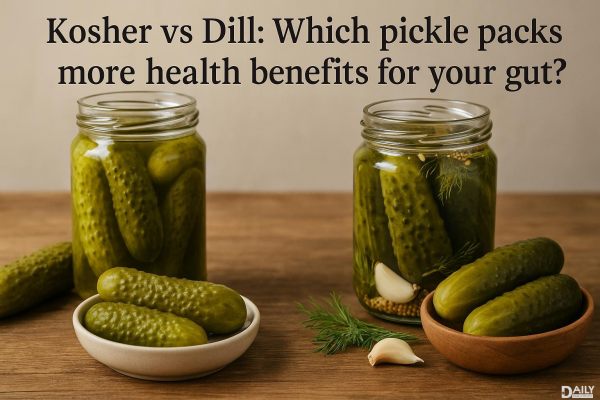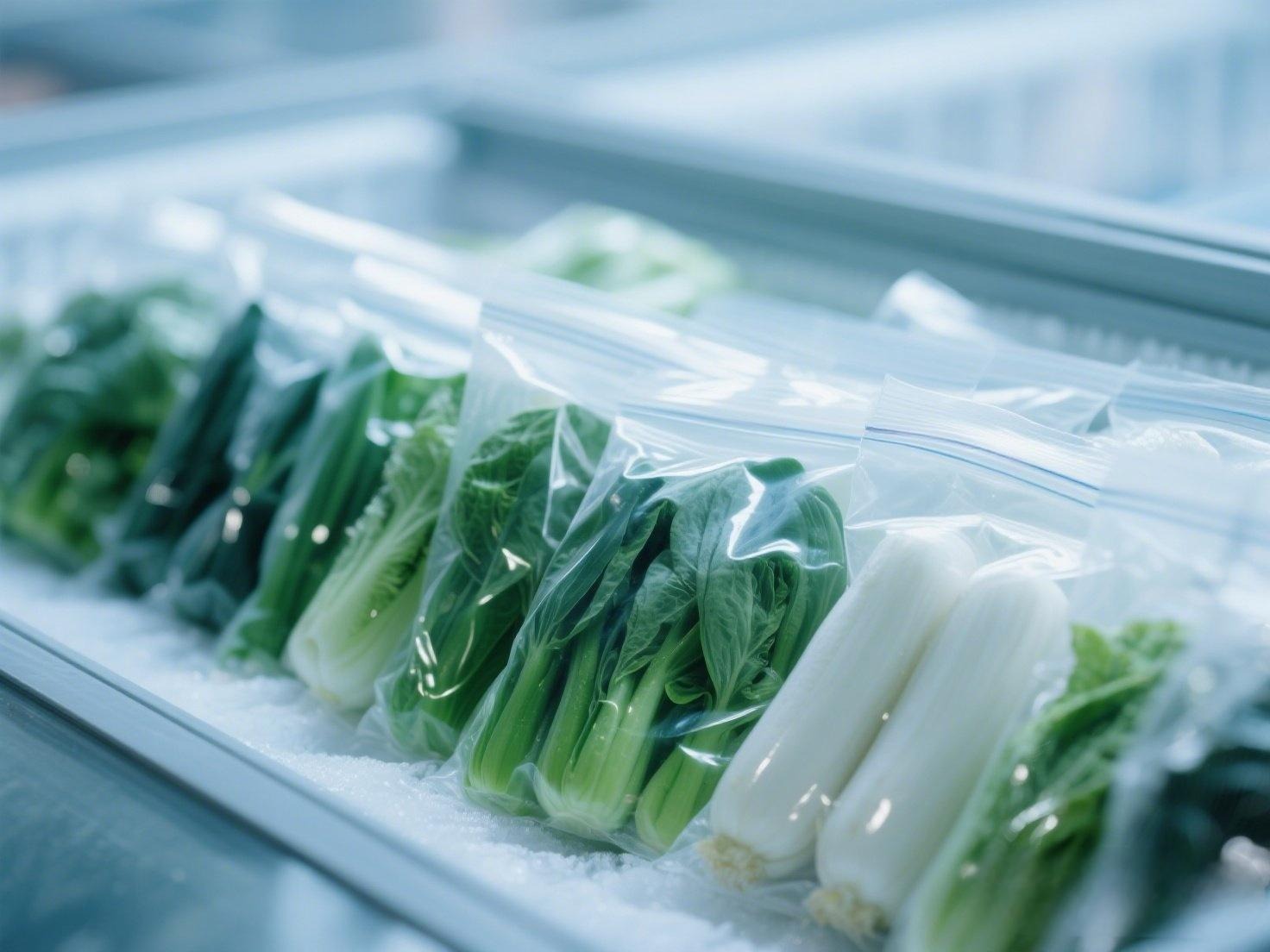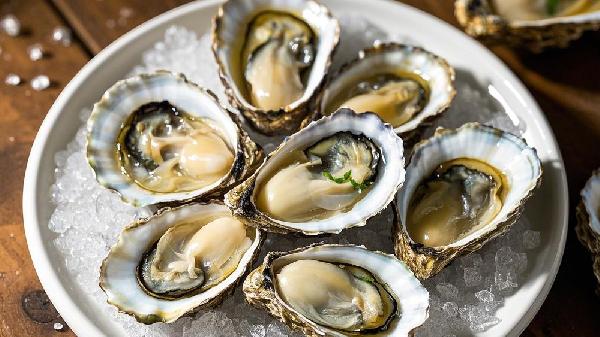Ever stood in the grocery aisle squinting at a food label, wondering if “sugar free” is the same as “no sugar added”? You’re not alone. These terms sound like they’re all singing the same low-sugar anthem, but each has its own fine print—and it matters if you’re watching your sugar intake. Let’s break it down so you can shop smarter, without needing a nutrition degree.
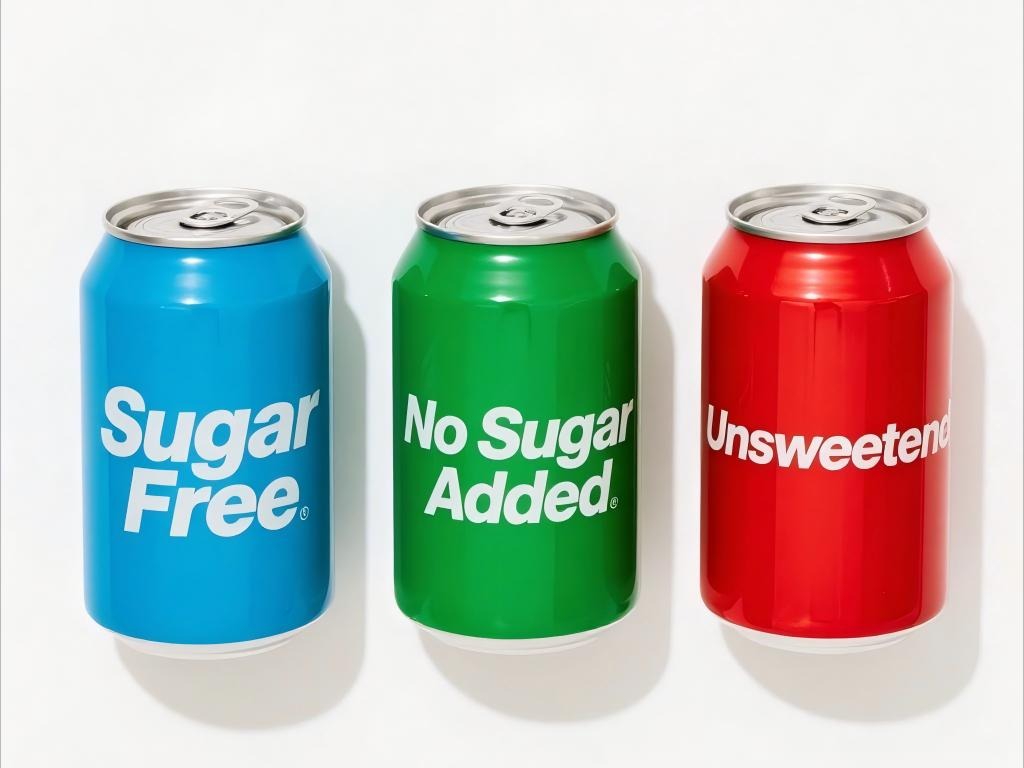
Why Sugar Labels Matter
The average American downs about 17 teaspoons of sugar daily—way over the recommended 12-13 teaspoons for a 2,000-calorie diet. Thanks to the FDA’s updated Nutrition Facts panel (which now splits “Total Sugars” and “Added Sugars”), it’s easier to spot sneaky sweeteners. But those front-of-package claims? They’re a whole other puzzle. Here’s what they actually mean.
Sugar Free: The (Almost) Zero-Sugar Champ
Per the FDA, “sugar free” means a serving contains less than 0.5 grams of both natural and added sugars. That’s right—even the sugars naturally hanging out in foods (like lactose in milk or fructose in fruit) count toward this tiny limit.
But wait: These products can still pack artificial sweeteners (think aspartame or sucralose) or sugar alcohols (like xylitol). So while your diet soda might be sugar-free, it’s not necessarily “chemical-free.” Buyer beware.
Good for: Diabetics or anyone cutting sugar cold turkey. Just check for those synthetic sweeteners if you’re avoiding them.
No Sugar Added: The “We Didn’t Stir In Extra” Promise
This label means no sugar or sugar-containing ingredients (like honey, syrup, or dried fruit coated in sugar) were added during processing. However, the food might still contain natural sugars (hello, fruit juice) or artificial substitutes.
Example: “No sugar added” peanut butter won’t have added cane sugar, but it’ll still have the natural sugars from peanuts.
Watch out: Some “no sugar added” foods compensate with extra fat or salt for flavor. Always peek at the full nutrition label.
Unsweetened: The Purist’s Pick
No added sugar, no artificial sweeteners, no sugar alcohols—just the sugars that occur naturally in the ingredients. Unsweetened almond milk? Just almonds and water. Unsweetened applesauce? Just apples.
Best for: People avoiding processed sweeteners but okay with natural sugars.
Reduced Sugar: The “We Cut Back (a Little)” Label
This means the product has at least 25% less sugar than the original version. Sounds great, but here’s the catch: if the original was a sugar bomb (looking at you, flavored yogurt), the “reduced” version might still be pretty sweet.
Pro tip: Compare labels. A “reduced sugar” cereal with 10g per serving might still be higher in sugar than a competitor’s regular version with 8g.
The Wild West of Sugar Claims
Sugar Isn’t the Enemy—But Balance Is Key
Sugar isn’t inherently evil (it makes veggies palatable for kids and balances acidity in tomato sauce), but overdoing it links to diabetes, heart disease, and other health issues. Registered dietitian Isabel Maples suggests two strategies to cut back:
1、Go big: Slash obvious sugar bombs (sodas, fancy coffee drinks) first.
2、Trim everywhere else: Swap in unsweetened or no-sugar-added versions of staples like yogurt, nut milk, or canned fruit.
Labels are clues, not gospel. Flip the package, scan the Added Sugars line, and decide what fits your health goals. Because at the end of the day, a cookie is still a cookie—whether it’s “sugar free” or not.
